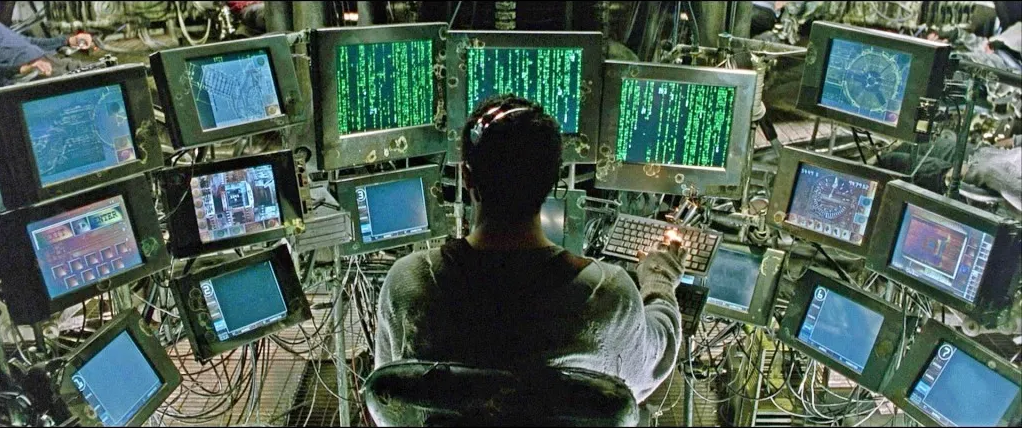
Wilhelm Röntgen discovered X-ray November 8th 1895, when he did experiments with cathode rays in a vacuum tube. To capture and save images of the shadows from the X-rays, he used ordinary photoplates. Fortunately, sensitive to visible light silver based photoemulsions turned out to be sensitive to the X-ray too. These photoplates became the first X-ray detectors.
More than 100 years of scientific progress led to the creation of a number of various detectors for recording X-ray images. Developments of the microelectronics and semiconductor manufacturing technologies are crucial for development of the modern X-ray detectors. These detectors can transform the energy of the X-ray photon directly to the electrical signal. They allow capturing detailed, digital, high-resolution X-ray images.
Digital images are easy to work with. For example one can merge multiple macro images into an image of the whole object and represent monochrome images in false colors like Simon Procz did with this X-ray image of a flower he did in 2012.














